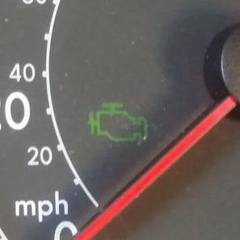[Update: Bug existed in Insider Builds since August] Chkdsk is supposedly corrupting SSDs on Windows 10
News update:
- Microsoft confirmed the issue.
- Affects only a small group of people.
- Microsoft released a fix.
- Microsoft provides a fix for affected users.
QuoteThis issue is resolved and should now be prevented automatically on non-managed devices. Please note that it can take up to 24 hours for the resolution to propagate to non-managed devices. Restarting your device might help the resolution apply to your device faster. For enterprise-managed devices that have installed this update and encountered this issue, it can be resolved by installing and configuring a special Group Policy. To find out more about using Group Policies, see Group Policy Overview.
To mitigate this issue on devices which have already encountered this issue and are unable to start up, use the following steps:
- The device should automatically start up into the Recovery Console after failing to start up a few times.
- Select Advanced options.
- Select Command Prompt from the list of actions.
- Once Command Prompt opens, type: chkdsk /f
- Allow chkdsk to complete the scan, this can take a little while. Once it has completed, type: exit
- The device should now start up as expected. If it restarts into Recovery Console, select Exit and continue to Windows 10.
Note After completing these steps, the device might automatically run chkdsk again on restart. It should start up as expected once it has completed.
Source: December 8, 2020—KB4592438 (OS Builds 19041.685 and 19042.685) (microsoft.com)


















Create an account or sign in to comment
You need to be a member in order to leave a comment
Create an account
Sign up for a new account in our community. It's easy!
Register a new accountSign in
Already have an account? Sign in here.
Sign In Now